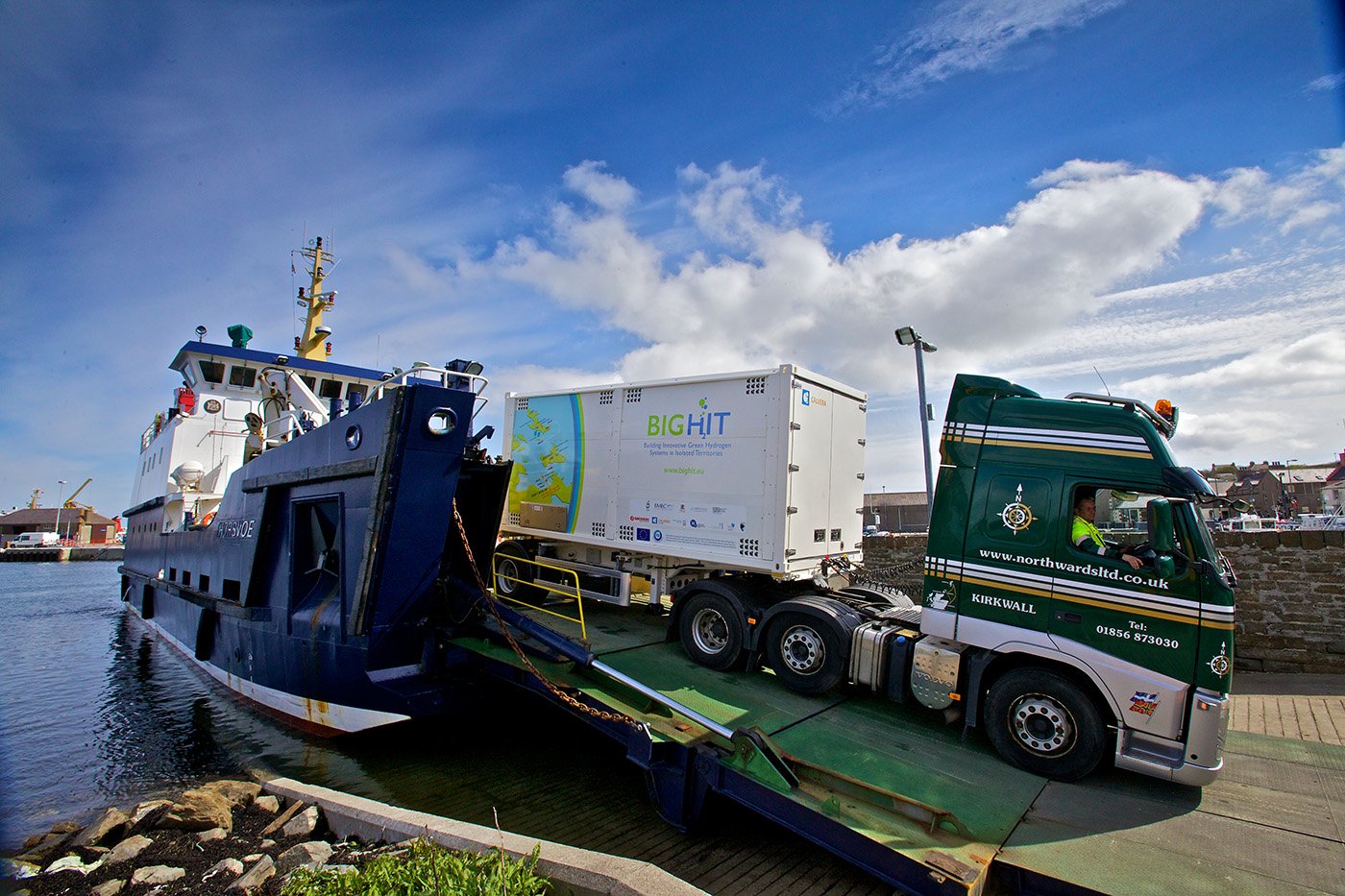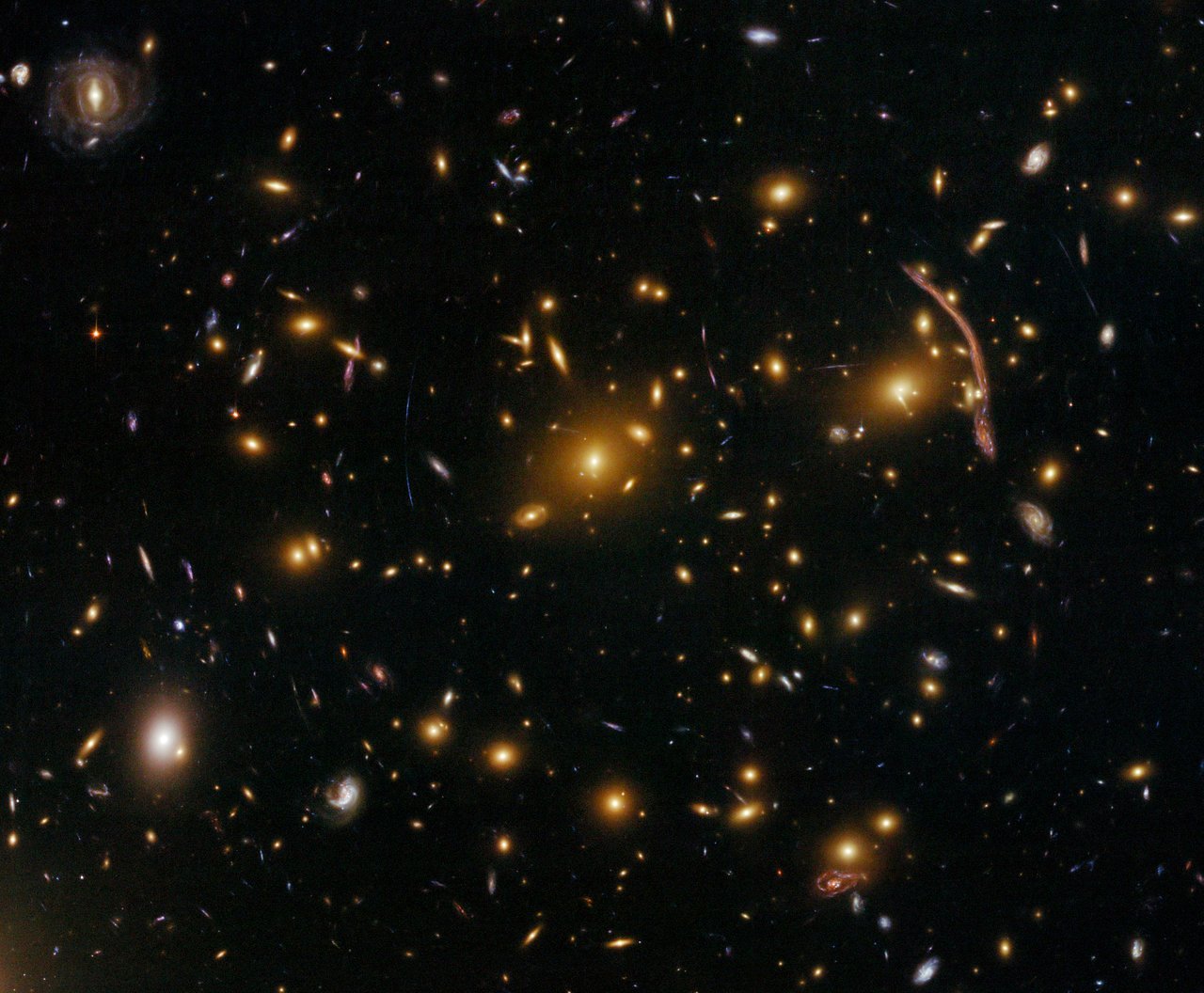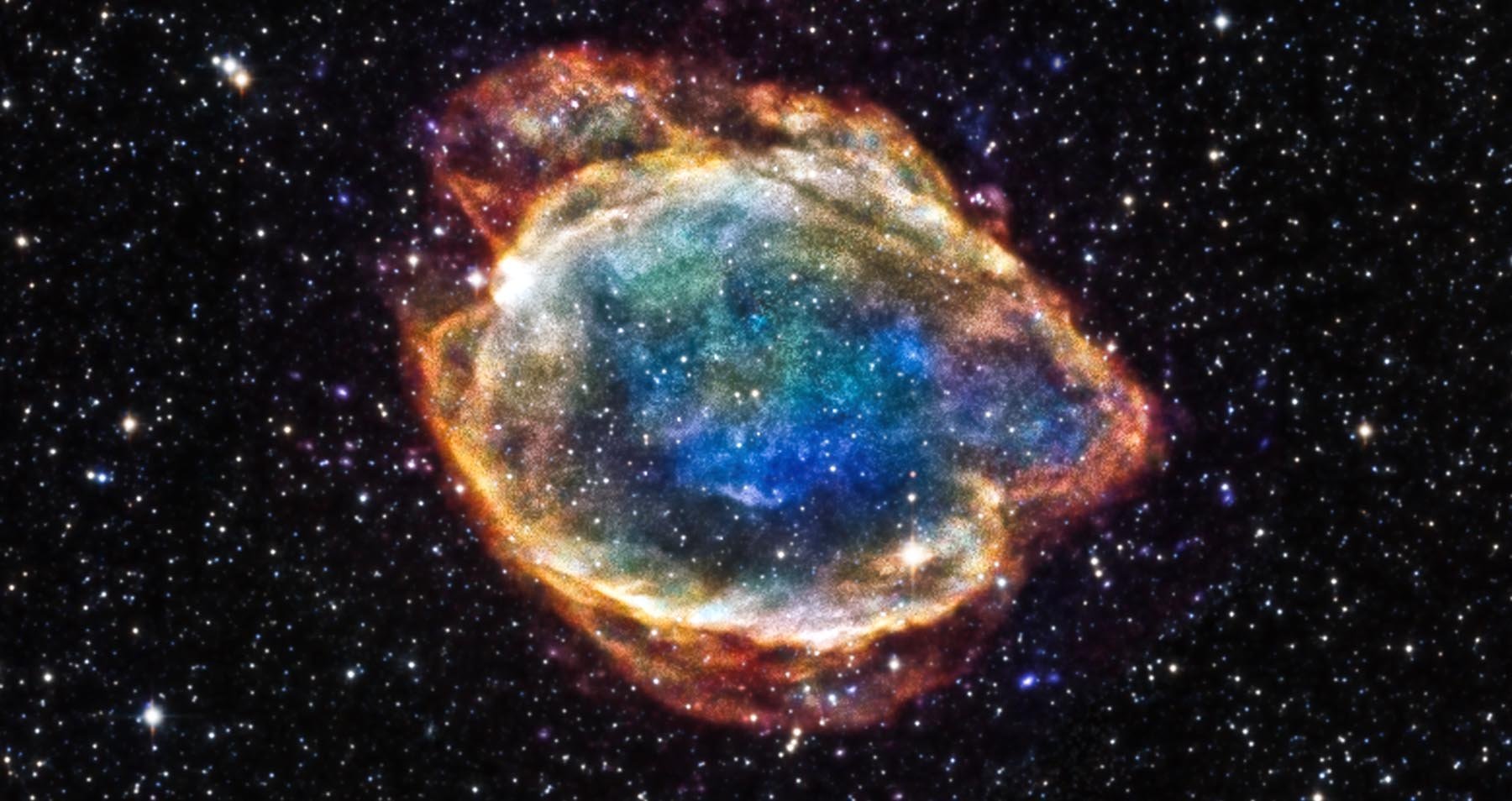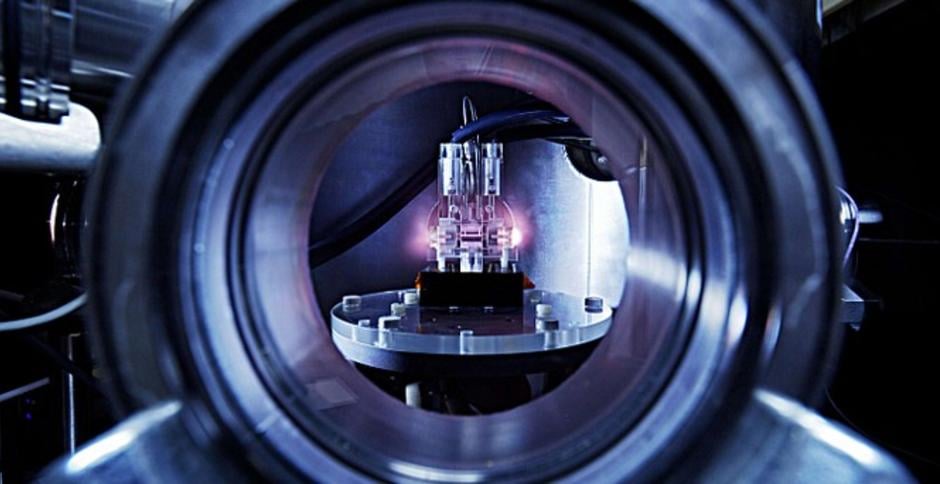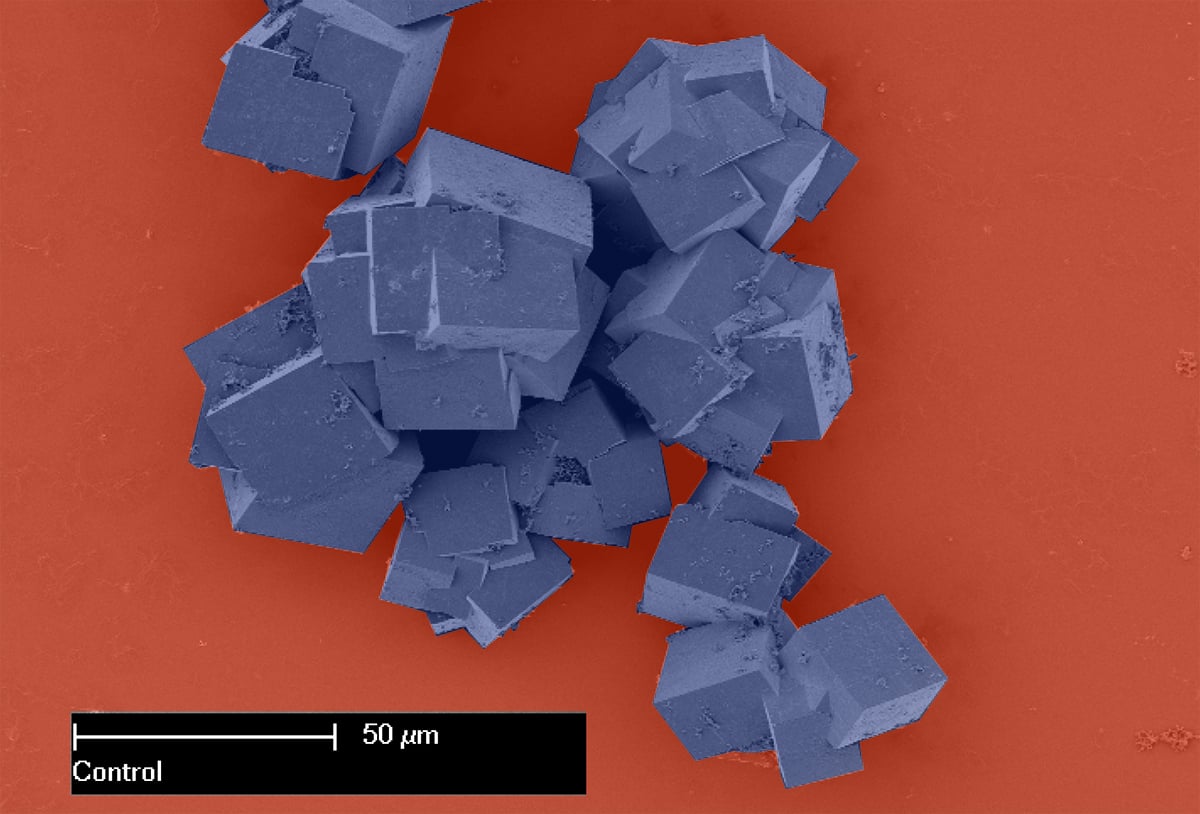Hydrogen use doesn’t emit carbon but its production often does. That could soon change
Hydrogen can be used to power cars, supply electricity and heat homes, all with zero carbon emissions. The snag is that the vast majority of hydrogen itself is derived from fossil fuels – a fact that scientists are now hoping to change. They plan to clean up production to kickstart a dedicated economy – something that … Read more

